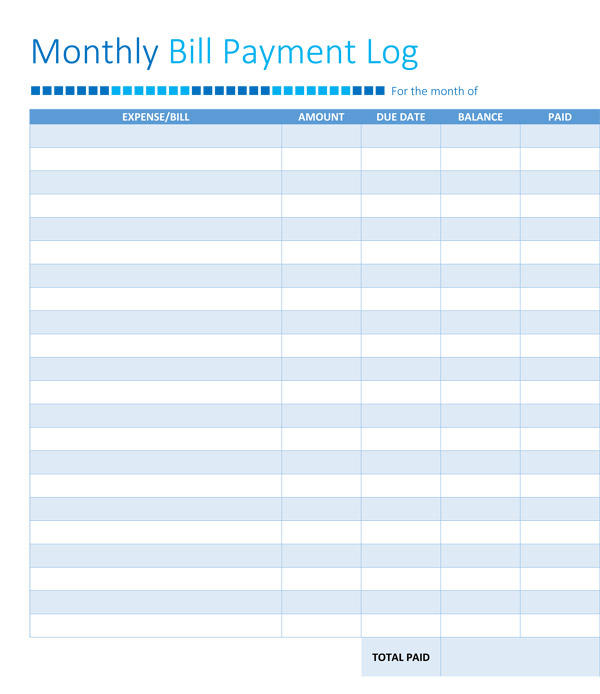

Companies often offer discounts to new customers, so switching insurers could save you a few hundred dollars.

Usually, an insurance renewal notice is a good reminder. Just like shopping for clothes or electronics, shop around for insurance on your cars, home and contents, and personal insurances including Life, Total Permanent Disability etc. Negotiate Better Dealsĭon’t be afraid to negotiate with your providers for better rates or deals. Some providers offer discounts when you bundle multiple services together, such as phone, internet, and cable TV.
#Lower monthly bills full#
Save Waterįix leaky taps, take shorter showers, and use a dishwasher or washing machine only for full loads to conserve water. 💡Read more: 7 ways for home owners to reduce their running costs 4. More efficient devices may have a higher upfront cost but can save you money in the long run by reducing your energy usage. By scheduling your high-energy usage tasks during these times, you can take advantage of these discounted rates. Some utility companies offer lower rates during off-peak hours. 💡Read more: 10 Smart ways to keep your bills down this winter 2. Simple steps like switching off lights when leaving a room, using energy-efficient appliances, and adjusting your heating or cooling thermostat can result in significant savings over time. Here are ten specific ways to help reduce your bills: 1. Moreover, controlled use of Buy Now Pay Later (BNPL) or credit cards can create a better spending habit to keep you out of debt and reduce your impulse purchases. Just like shopping for clothes or electronics, shop around for insurance on your cars, home, and personal insurances including Life, Total Permanent Disability, etc.

Review your bank statements, receipts, and financial files because this can help you to spot trends and identify areas where you can reduce spending. It might surprise you to see where your money is going. Analyzing your current spending habitsīefore you start cutting back on your expenses, it’s important to take a close look at your current spending habits. Another small way to save money is by automating bills or setting up direct debits to avoid late fees. You can form your own rule based on your personal situation such as 40/30/30 or 60/20/20. Once you understand how much you spend weekly or monthly, set a budget for yourself. There is a budgeting thumb rule of 50/30/20 which states that 50% of your after-tax income can go towards basic living expenses, 30% on sundry expenses, and 20% on savings. Setting a budget and automating your bills Online tools allow you to automate this categorisation. Using an Excel spreadsheet or a mobile app, categorise your expenses such as groceries, transport, entertainment, etc. Review your past expenses and then track the future ones. Track your expenses to understand where you spend money so you can stop unnecessary expenses. The first step to save money on your bills is to understand them. Let’s delve into some of the ways that can help achieve these savings. Even a few dollars saved on different types of bills over the years can compound into something meaningful. We work hard to earn our income and even harder to save it to achieve our dreams.


 0 kommentar(er)
0 kommentar(er)
